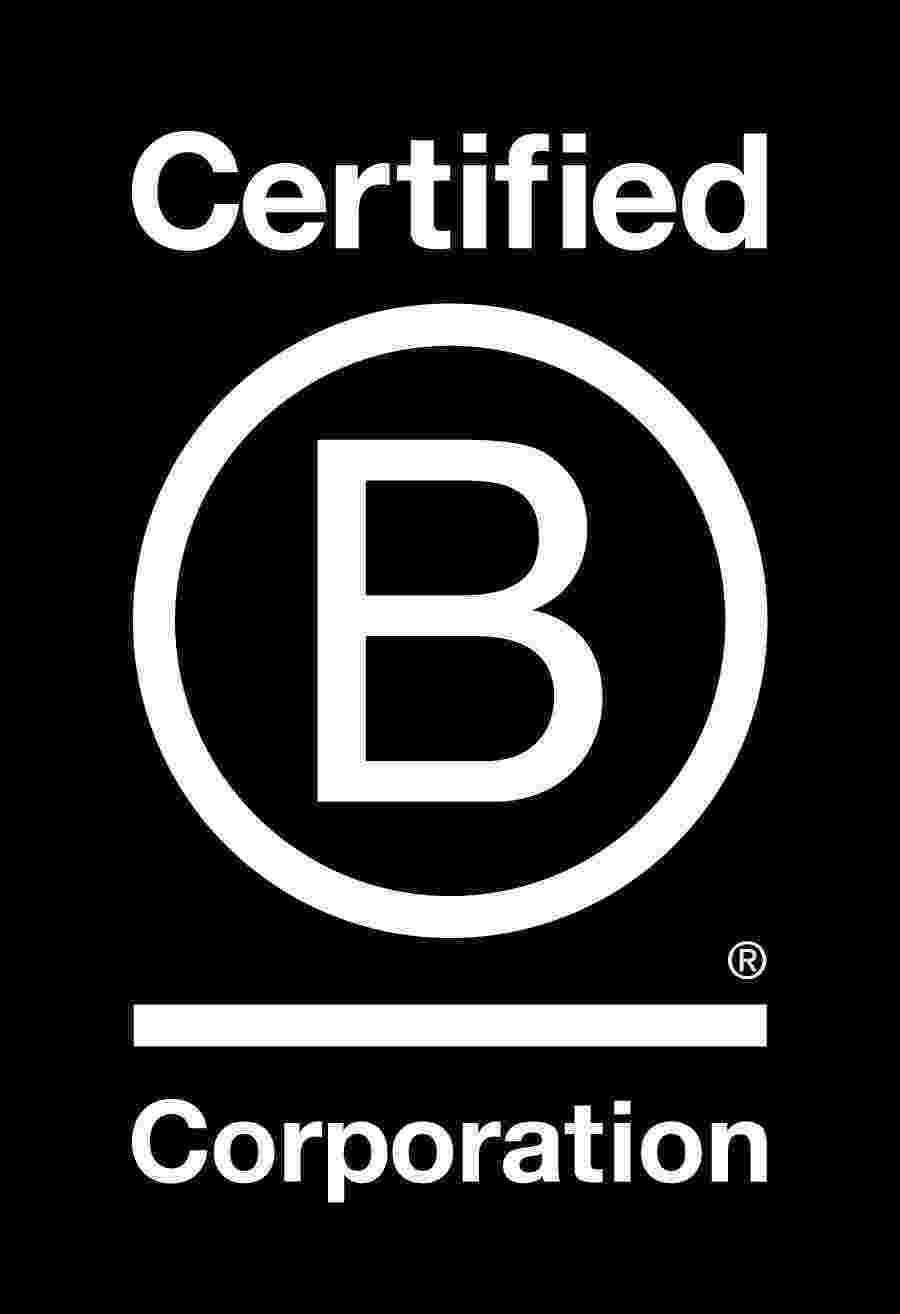Ways of Measuring Digital Marketing Campaigns

Digital marketing has become an essential part of any business's marketing strategy. With so many options available to reach and engage with customers, it's important for marketers to be able to measure the effectiveness of their campaigns to ensure they are getting the most return on their investment. Here are a few different ways that marketers can measure the effectiveness of a digital marketing campaign.
- Website traffic: One of the most basic metrics to track is the number of visitors to your website. This can be a good indicator of the overall reach and visibility of your campaign. You can track this using tools like Google Analytics, which will give you detailed information about where your traffic is coming from, how long people are staying on your site, and which pages are most popular.
- Conversion rate: The conversion rate is the percentage of visitors to your website who take a desired action, such as filling out a form or making a purchase. Tracking your conversion rate can give you an idea of how effective your website is at converting visitors into leads or customers. You can improve your conversion rate by optimizing your website for conversions, such as by including calls-to-action and making it easy for visitors to take the next step.
- Social media engagement: Social media is a fantastic way to connect with your audience and build brand awareness. By tracking the number of likes, comments, and shares your posts receive, you can gauge the level of engagement and interest your campaign is generating. You can also track the number of followers you have on each social media platform to see if your campaign is helping you to grow your audience.
- Email marketing metrics: Email marketing is still a highly effective way to reach and engage with customers. You can track the success of your email campaigns by looking at metrics such as open rate, click-through rate, and conversion rate. These metrics can help you understand how well your emails are resonating with your audience and whether they are taking the desired action.
- Cost per acquisition (CPA): CPA is a metric that measures the cost of acquiring a new customer through your marketing efforts. To calculate CPA, divide the total cost of your marketing campaign by the number of new customers it generates. This can help you understand the ROI of your campaign and determine whether it is worth the investment.
- Customer lifetime value (CLV): CLV is a metric that estimates the total value a customer will bring to your business over the course of their relationship with you. To calculate CLV, you'll need to consider factors such as the average amount a customer spends with you each year, the average length of time they stay with you, and the profit margin on your products or services. By tracking CLV, you can get a sense of the overall value that your marketing efforts are generating for your business.
- : A/B testing is a way to compare two different versions of a marketing campaign to see which one performs better. For example, you might create two versions of an email marketing campaign, with one version featuring a subject line A and the other featuring a subject line B. You can then track which version has a higher open rate and decide which one to use moving forward. A/B testing can help you fine-tune your marketing efforts and ensure that you are getting the best results possible.
There are many ways to measure the effectiveness of a digital marketing campaign. By tracking these metrics, you can get a better understanding of what is and isn't working and adjust as needed to improve the ROI of your marketing efforts. Whether you're just starting out with digital marketing or you're an experienced pro, it's always a good idea to track your results and look for ways to improve.


